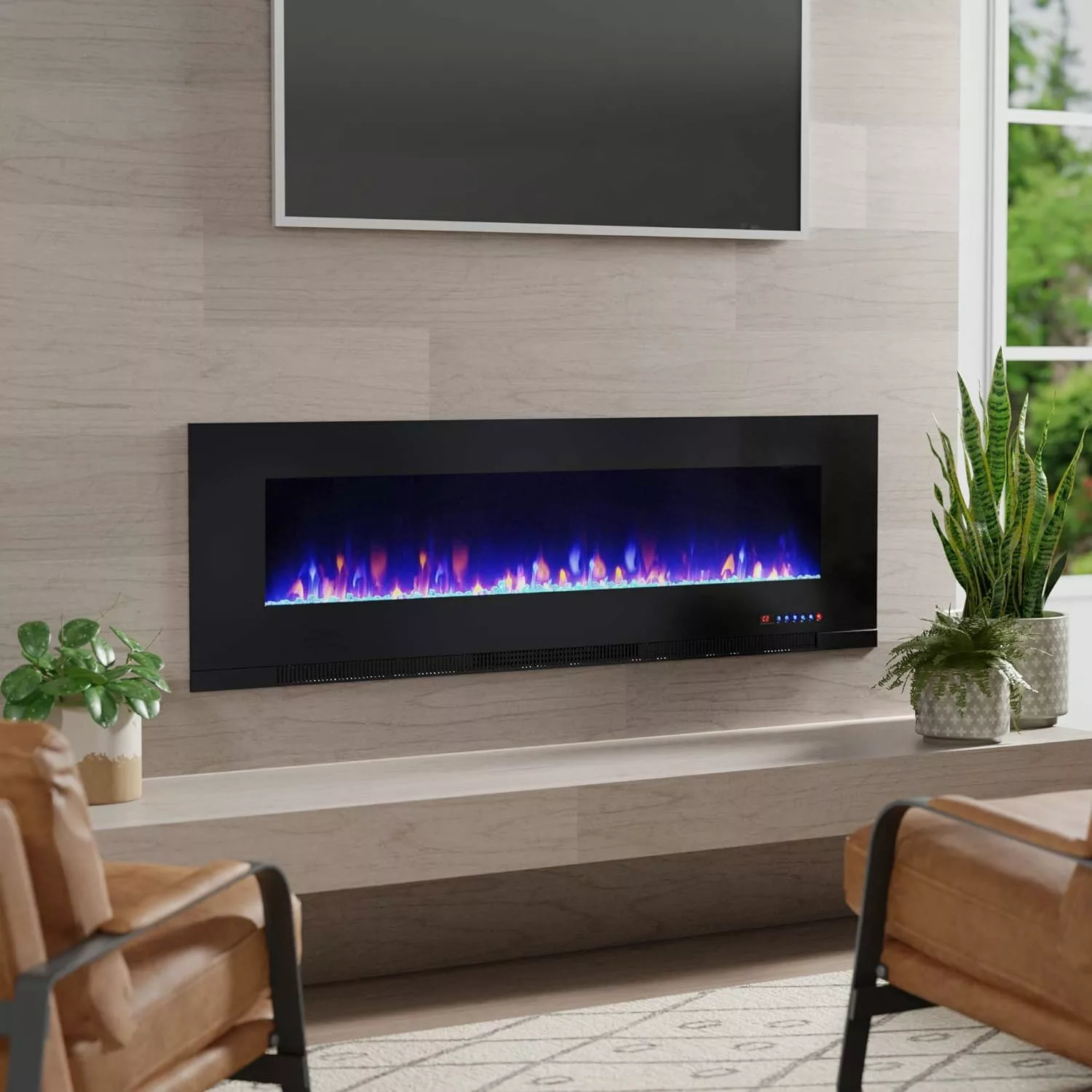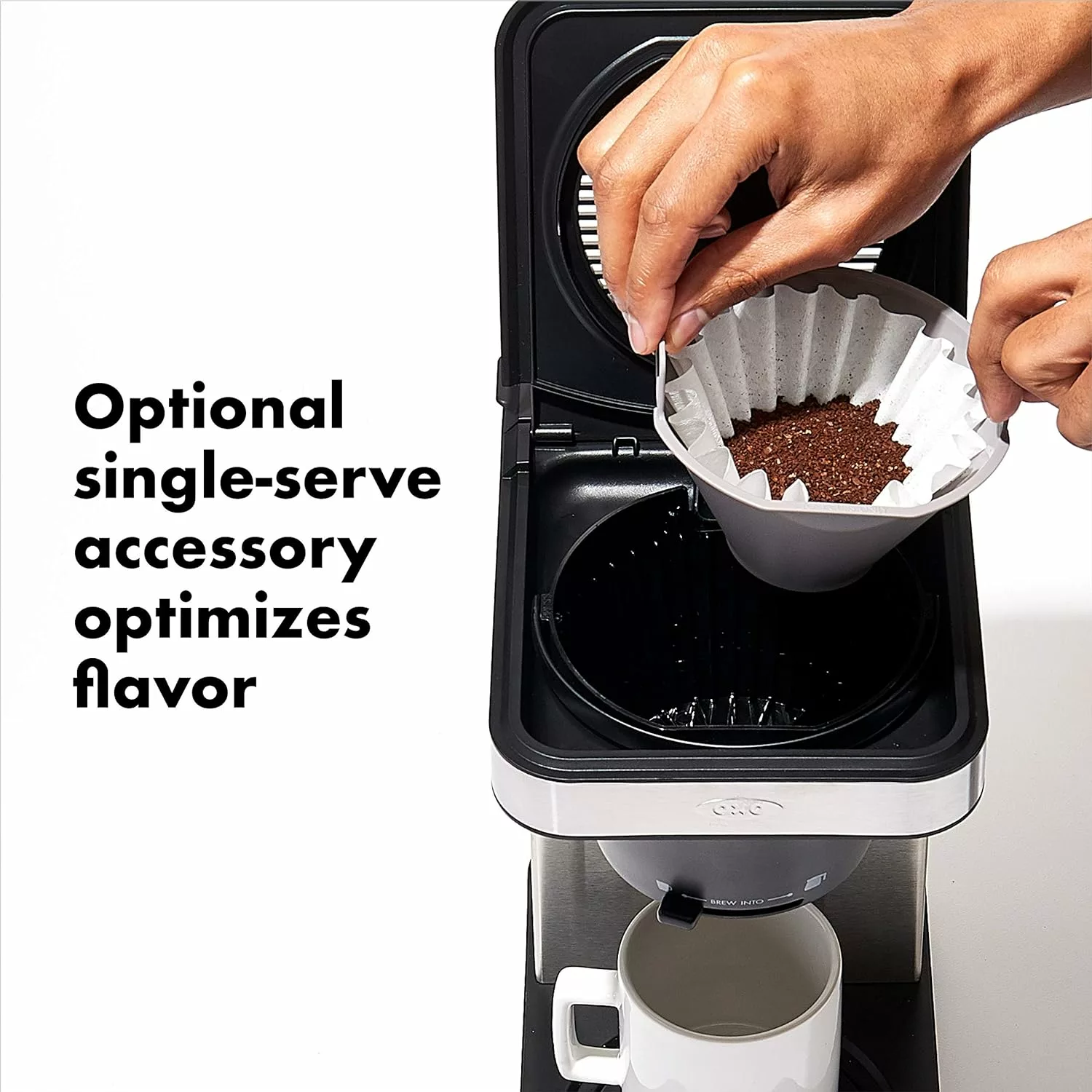So you want to experience the rich and bold flavors of Puerto Rican coffee right in the comfort of your own home? Look no further! This article will guide you through the simple steps of brewing a perfect cup of Puerto Rican coffee, allowing you to savor the distinct taste and captivating aroma that this beloved beverage has to offer. With just a few ingredients and some handy tips, you’ll soon be able to recreate the authentic taste of Puerto Rican coffee and revel in its warm and welcoming embrace every morning.

This image is property of salimaskitchen.com.
Understanding the Puerto Rican Coffee Culture
Historical Background of Coffee in Puerto Rico
Puerto Rico has a rich history when it comes to coffee production and consumption. Coffee cultivation in Puerto Rico dates back to the early 18th century when the first coffee plants were introduced to the island. The volcanic soil and the favorable climate of Puerto Rico provided ideal conditions for coffee cultivation, leading to the establishment of numerous coffee plantations.
Importance of Coffee in Puerto Rican Society
Coffee has played a significant role in Puerto Rican society for centuries. It is not just a beverage but a cultural symbol that brings people together. Coffee is deeply ingrained in social gatherings, family traditions, and daily routines. It serves as a catalyst for conversation, bonding, and passion for Puerto Ricans.
The Superior Quality of Puerto Rican Coffee
One of the reasons why Puerto Rican coffee holds a special place in the hearts of coffee enthusiasts worldwide is its superior quality. The unique combination of fertile volcanic soil, elevation, and meticulous cultivation practices contribute to the exceptional flavor profiles and aromas of Puerto Rican coffee.
Acquiring Puerto Rican Coffee Beans
Choosing the Right Brand
When it comes to acquiring Puerto Rican coffee beans, it is crucial to choose a reputable brand. Look for brands that have a long-standing history and reputation for producing high-quality coffee. Additionally, consider brands that prioritize fair trade practices and support sustainable farming methods.
Understanding the Different Types of Puerto Rican Coffee Beans
Puerto Rican coffee beans are known for their diversity in terms of flavor profiles and characteristics. Some of the popular varieties include Arabica, Typica, Bourbon, and Catimor. Each variety offers a unique taste experience, ranging from fruity and floral to nutty and chocolatey.
Where to Buy Authentic Puerto Rican Coffee Beans
To ensure the authenticity of your Puerto Rican coffee beans, it is recommended to purchase them from reputable sources. Local coffee shops, specialty stores, or online platforms that specialize in Puerto Rican coffee are excellent options. By supporting local producers and businesses, you can directly contribute to the preservation of the Puerto Rican coffee culture.
Incorporating the Right Tools and Equipment
Traditional Coffee Maker: Greca (Moka Pot)
The traditional coffee maker used in Puerto Rican households is the Greca, also known as a Moka Pot. This stovetop coffee maker brews strong and flavorful coffee by passing pressurized steam through finely ground coffee beans. The Greca allows you to experience the authentic taste of Puerto Rican coffee.
Modern Options: French press, Drip Coffee Maker
If you prefer a different brewing method, modern options such as the French press or drip coffee maker can also be used to brew Puerto Rican coffee. These methods provide convenience and versatility while still allowing you to enjoy the rich flavors and aromas of the coffee beans.
Important Utensils: Measuring spoons, Coffee Grinder
To achieve the perfect cup of Puerto Rican coffee, it is essential to have the right utensils on hand. Measuring spoons ensure consistency in the coffee-to-water ratio, while a coffee grinder allows you to grind the beans to your desired consistency, enhancing the overall brewing experience.
Proper Storage for Puerto Rican Coffee Beans
Ideal Storage Conditions
To maintain the freshness and quality of your Puerto Rican coffee beans, it is crucial to store them properly. Ideally, coffee beans should be stored in an airtight container in a cool, dry, and dark place. Avoid exposure to moisture, light, and air, as these elements can degrade the flavor and aroma of the coffee over time.
How to Store Coffee Beans for Long Stone
If you plan to store your Puerto Rican coffee beans for an extended period, consider freezing them. Freezing can help preserve the freshness and flavor for up to several months. Divide the beans into small portions and store them in airtight containers or resealable bags before placing them in the freezer.
Effects of Improper Coffee Storage
Improper storage of coffee beans can have a detrimental effect on their quality. Exposure to air, moisture, and light can cause oxidation, leading to stale and tasteless coffee. Additionally, storing coffee in the refrigerator can introduce unwanted flavors and aromas from other food items.

This image is property of salimaskitchen.com.
Grinding the Puerto Rican Coffee Beans
Choosing the Right Coffee Grinder
Investing in a high-quality coffee grinder is essential for grinding Puerto Rican coffee beans to the right consistency. Burr grinders are highly recommended as they provide a consistent grind size, resulting in optimal extraction and flavor. Blade grinders can also be used but may produce uneven grounds.
Grinding Coffee Beans to the Right Consistency
The consistency of the coffee grounds plays a vital role in the extraction process. For the Greca, a fine to medium-fine grind is recommended. French press requires a coarse grind, while drip coffee makers perform best with a medium grind. Adjusting the grind size allows you to control the strength and flavor of your brewed coffee.
Tips on Grinding Beans Correctly
To achieve the desired consistency when grinding Puerto Rican coffee beans, consider the brewing method and adjust the grinder accordingly. It is advisable to grind only the amount of coffee you need for immediate use, as ground coffee loses its freshness and flavor quickly. Experiment with different grind sizes to find your preferred flavor profile.
Measuring the Correct Amount of Coffee
Determining the Right Coffee-to-Water Ratio
The coffee-to-water ratio is crucial in achieving the perfect cup of Puerto Rican coffee. As a general guideline, a ratio of 1:16 is commonly used, meaning one part coffee to sixteen parts water. However, you can adjust the ratio based on personal preference for a stronger or milder brew.
Factors Affecting the Strength of Your Coffee
Several factors can affect the strength of your Puerto Rican coffee, including the coffee-to-water ratio, grind size, and brewing time. Experimenting with these variables allows you to tailor the strength of your coffee to your liking. Keep in mind that a longer brewing time and finer grind generally yield a stronger cup of coffee.
Customizing Your Coffee’s Strength
To personalize the strength of your Puerto Rican coffee, feel free to experiment with different brewing techniques and ratios. Increase or decrease the amount of coffee or water according to your taste preferences. Remember to take note of the adjustments you make to replicate your perfect cup of coffee consistently.

This image is property of salimaskitchen.com.
Brewing the Puerto Rican Coffee
Steps to Brew Coffee Using a Greca
- Fill the lower chamber of the Greca with water up to the valve.
- Insert the filter basket and fill it with finely ground Puerto Rican coffee.
- Screw the top part of the Greca onto the base securely.
- Place the Greca on a stovetop burner with low to medium heat.
- As the water in the bottom chamber boils, steam will pass through the coffee grounds and collect in the top chamber.
- Once you hear a gurgling sound, indicating that all the water has been pushed through the coffee, remove the Greca from the heat.
- Serve and enjoy your freshly brewed Puerto Rican coffee.
How to Brew Coffee Using a French Press
- Add coarsely ground Puerto Rican coffee to the empty French press.
- Pour hot water (not boiling) over the coffee, ensuring all grounds are evenly saturated.
- Place the plunger on top of the French press, but do not plunge yet.
- Allow the coffee to steep for about four minutes.
- Slowly push the plunger down, separating the coffee grounds from the brewed coffee.
- Pour the brewed coffee into your cup and savor the robust flavors of Puerto Rican coffee.
How to Brew Coffee Using a Drip Coffee Maker
- Place a filter in the coffee maker’s basket.
- Measure the desired amount of Puerto Rican coffee grounds based on the recommended coffee-to-water ratio.
- Add water to the coffee maker’s reservoir.
- Turn on the coffee maker and wait for the brewing process to complete.
- Once the brewing is finished, pour yourself a cup of rich, aromatic Puerto Rican coffee.
Serving the Puerto Rican Coffee
Know the Traditional Ways of Serving Puerto Rican Coffee
In Puerto Rico, coffee is often served alongside a small glass of water to cleanse the palate before enjoying the flavors. Traditional serving methods involve pouring coffee from a traditional carafe into a small cup, allowing for multiple servings and a sense of community during gatherings.
Adding Sweeteners and Other Enhancements
Puerto Rican coffee is typically enjoyed black, allowing the natural flavors to shine. However, feel free to personalize your cup by adding your preferred sweetener, such as sugar or honey. Some may also enjoy a splash of milk or cream to mellow out the boldness of the coffee.
Serving Coffee in the Right Cup
To fully appreciate the flavors and aromas of Puerto Rican coffee, it is recommended to serve it in a cup that allows for proper aroma release and heat retention. Choose a porcelain or ceramic cup with a wide rim. Avoid using paper or plastic cups, as they may alter the taste and temperature of the coffee.

This image is property of salimaskitchen.com.
Enjoying Puerto Rican Coffee to the Fullest
Complementing Your Coffee with Puerto Rican Desserts
To enhance your coffee experience, indulge in delicious Puerto Rican desserts that pair well with the robust flavors of the coffee. Treat yourself to classics such as flan, quesitos, or pastelitos. The combination of the rich coffee and sweet pastries will create a delightful symphony of flavors.
Understanding the Coffee Tasting Notes
Developing an understanding of coffee tasting notes can enrich your appreciation of Puerto Rican coffee. Take note of the flavors, aromas, and nuances present in each sip. Common tasting notes for Puerto Rican coffee may include chocolate, caramel, citrus, and tropical fruits. Allow yourself to be immersed in the sensory experience.
Best Time to Enjoy Puerto Rican Coffee
While Puerto Rican coffee can be enjoyed at any time of the day, many Puerto Ricans prefer to start their mornings with a freshly brewed cup. Awaken your senses with the invigorating aromas and flavors of Puerto Rican coffee, and embrace the tranquility and warmth it brings to your day.
Maintaining Your Coffee Brewing Equipment
Cleaning Your Coffee Maker Regularly
To ensure the longevity and performance of your coffee maker, regular cleaning is essential. Follow the manufacturer’s instructions for cleaning your specific coffee maker model. Regularly remove any leftover coffee grounds or residue from the machine to prevent the buildup of oils and odors.
Descale Coffee Maker using Natural Ingredients
Over time, mineral deposits can accumulate in your coffee maker, affecting its performance and the taste of your brewed coffee. To descale your coffee maker, create a solution of equal parts white vinegar and water. Run this solution through the machine as you would when brewing a batch of coffee. Follow with a few cycles of plain water to rinse out any remaining vinegar.
Replacing Parts When Necessary
If you notice any damage or malfunctioning parts in your coffee brewing equipment, it is essential to replace them promptly. Check the manufacturer’s recommendations for replacing filters, gaskets, and other components to ensure optimal performance. Regular maintenance and part replacements can prolong the lifespan of your coffee maker.
By embracing the Puerto Rican coffee culture and following these tips for acquiring, brewing, and enjoying Puerto Rican coffee, you can embark on a delightful journey of discovering the rich flavors, vibrant aromas, and centuries-old traditions associated with this beloved beverage. Cheers to savoring each sip of Puerto Rican coffee!

This image is property of salimaskitchen.com.




